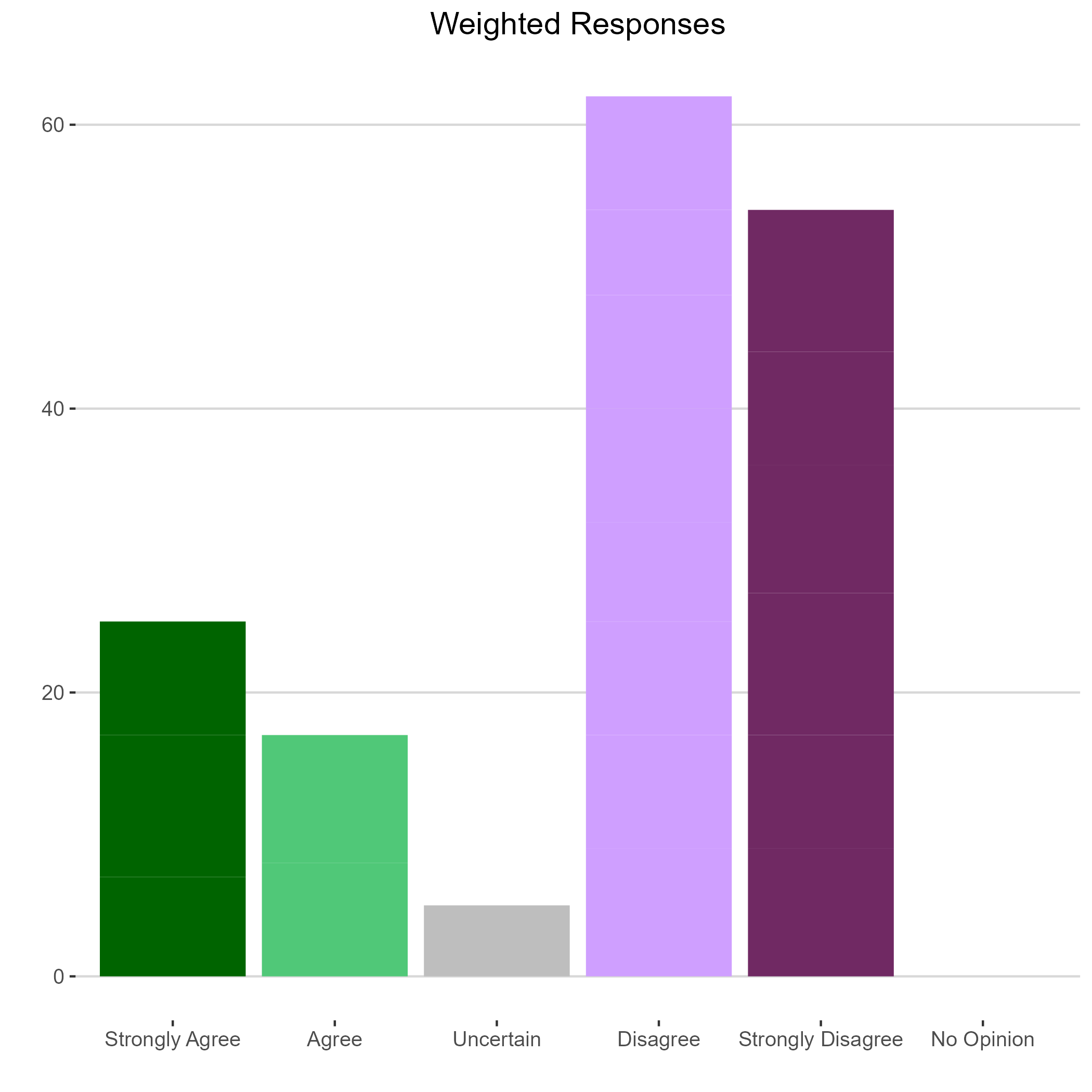Question A: The Supreme Court’s ruling on affirmative action in Students for Fair Admissions v. Harvard will decrease diversity in Ohio's colleges and universites.
Question B: The Supreme Court’s ruling on affirmative action in Students for Fair Admissions v. Harvard will decrease the ability of Ohio's colleges and universities to promote economic mobility.
Question C: The Supreme Court's decision to reverse affirmative action will promote equality of opportunity in the admissions process.
Question A: The Supreme Court’s ruling on affirmative action in Students for Fair Admissions v. Harvard will decrease diversity in Ohio's colleges and universites.
Question B: The Supreme Court’s ruling on affirmative action in Students for Fair Admissions v. Harvard will decrease the ability of Ohio's colleges and universities to promote economic mobility.
Question C: The Supreme Court's decision to reverse affirmative action will promote equality of opportunity in the admissions process.






